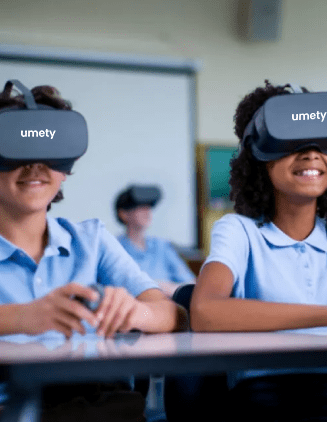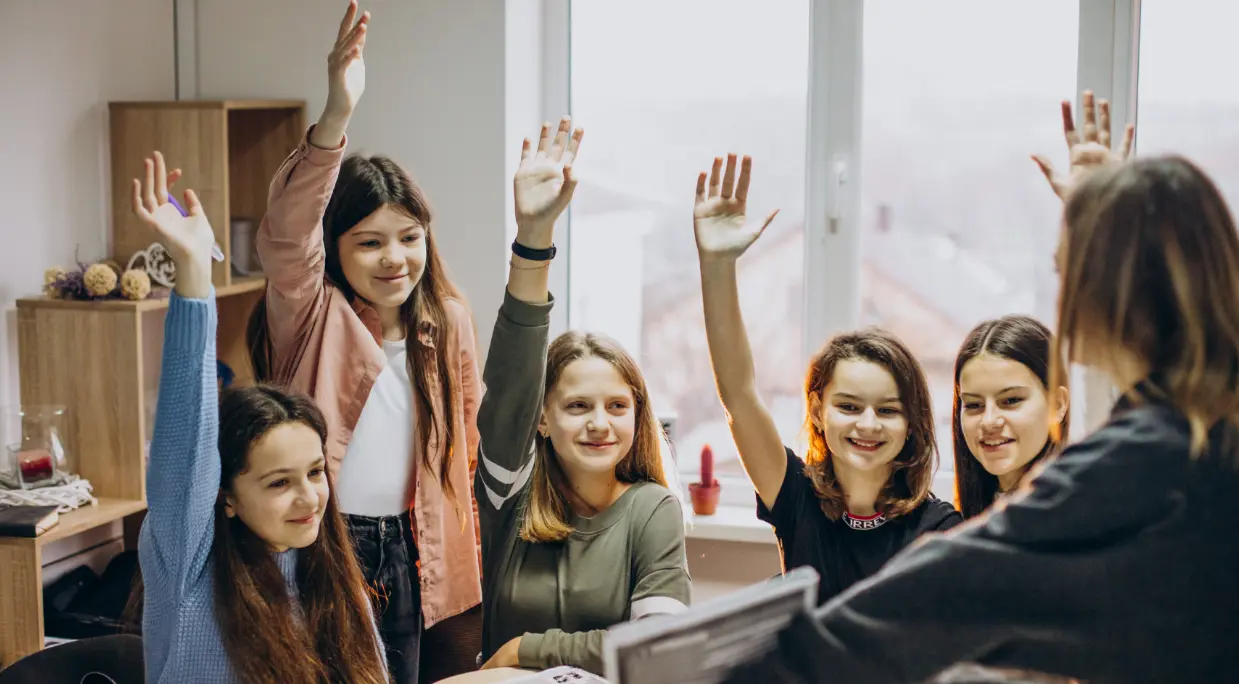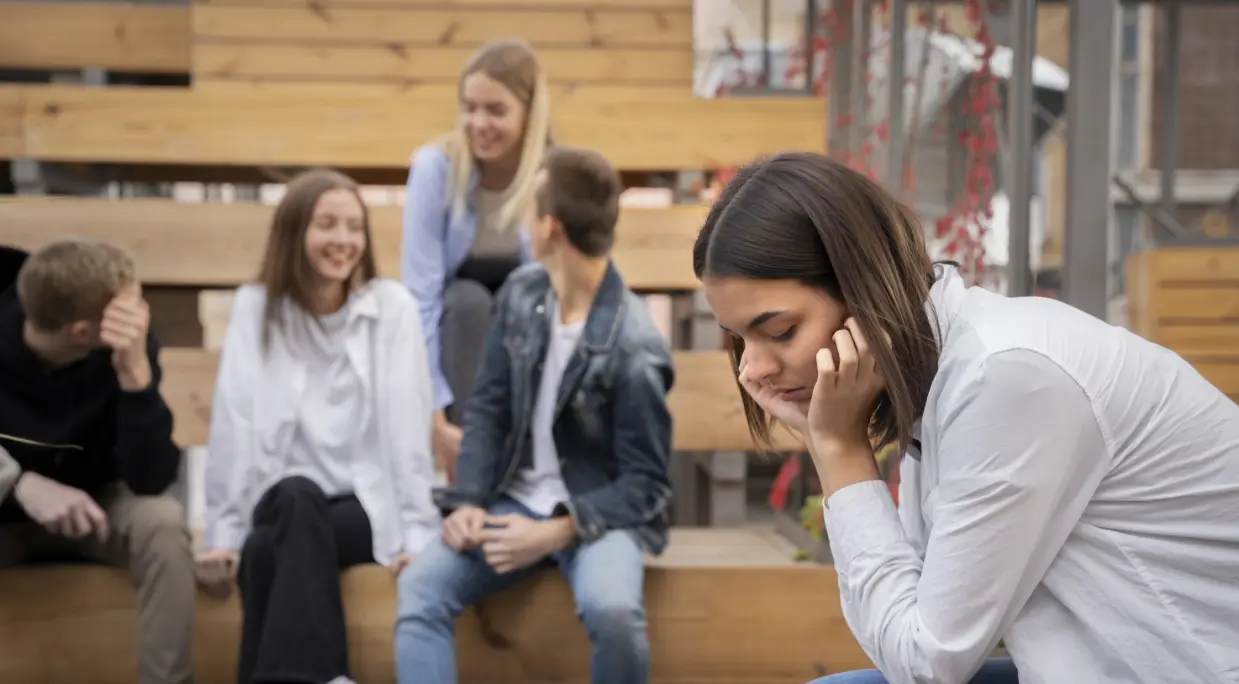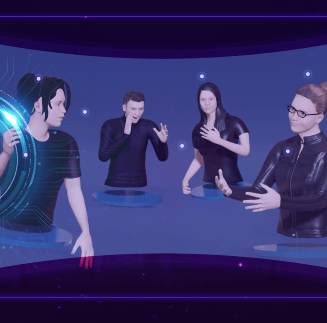Teacher resources
5 ways VR can help teachers up their classroom game
A class that learners want to come to every day? That’s the magic of VR!
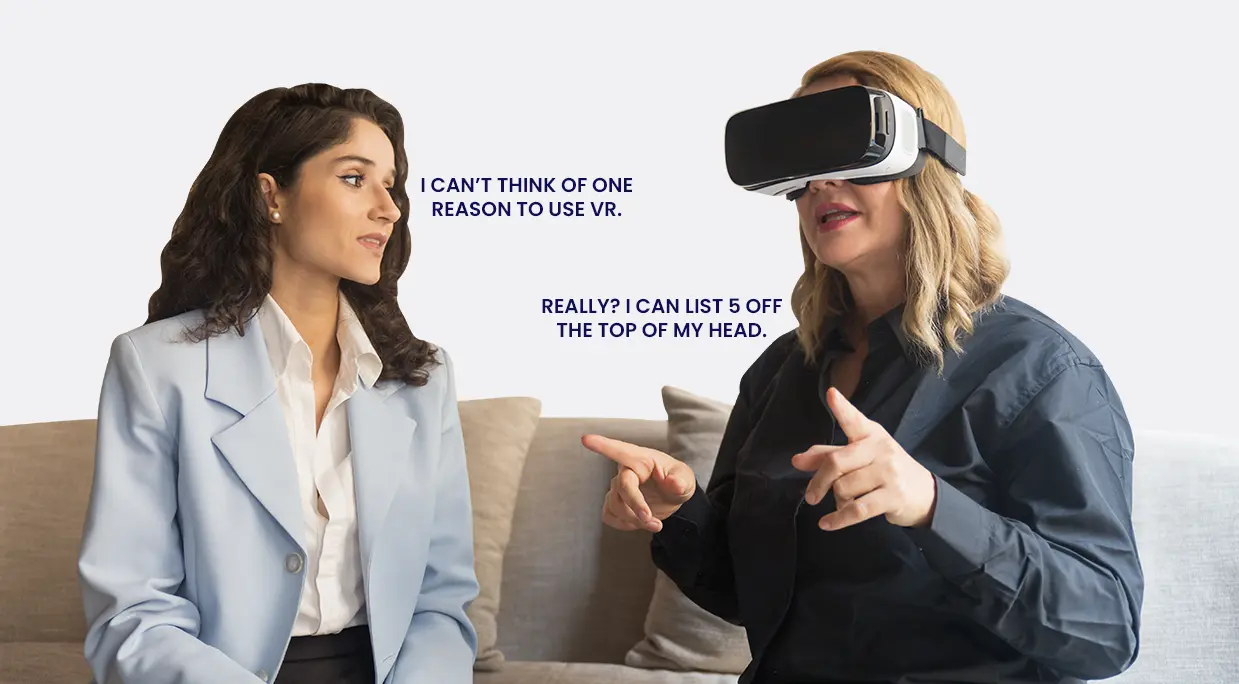
We are well into the digital age, so why doesn’t your classroom look like it? There are many benefits to incorporating virtual reality technology into your lesson plans, and a growing body of research validates its utility.
The world of augmented and virtual reality has a lot to offer in education. But let’s start with the basics: what is virtual reality, anyway? Virtual reality is an immersive computer-simulated environment. The feeling of being fully immersed and having a presence in a simulated environment is achieved by interacting with technology such as head-mounted displays and controllers, coupled with auditory components and well-crafted visuals.
A virtual reality (VR) headset creates an artificial environment in which students can practice, experiment, and rehearse. Augmented reality learning experiences allow for more concrete exploration of topics than typical pen and paper exercises do and can be of great benefit to learning.
If you haven’t used VR in the classroom before and are wondering how it can spice up your classroom, this is for you. Here are five of the many ways incorporating VR into your classroom will not only wow your students but also take learning to the next level.
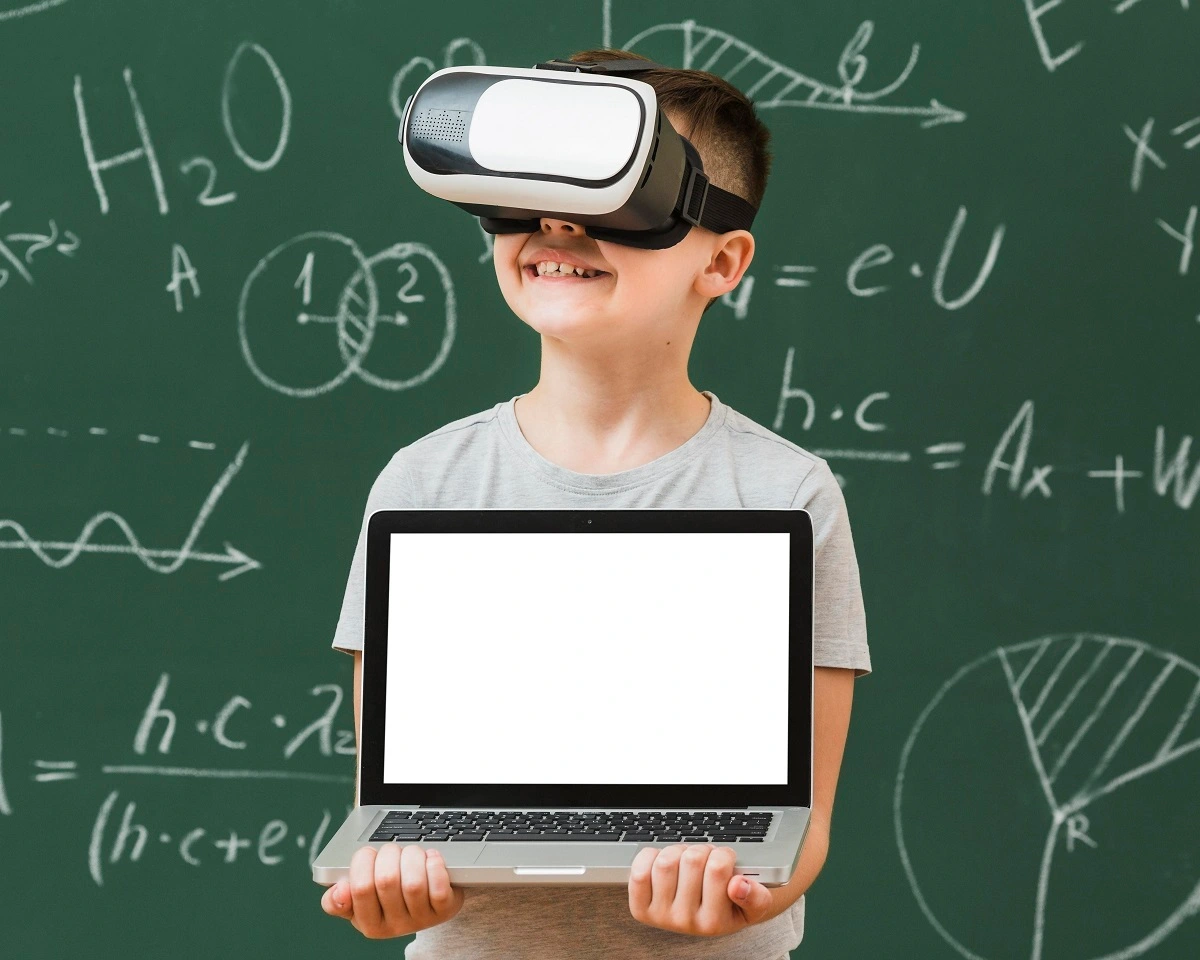
1. Dive into scientific topics like never before
Chemistry, biology, physics, and mathematics are not only technical subjects, but the concepts they cover are often difficult to visualize and interact with on a physical level. This can be for valid practical reasons, like not wanting to cause a fire just to let youngsters understand how electrons move in the exothermic reaction between sodium and water.
With VR, we can give students first-hand experiences interacting with theoretical concepts in a totally safe space. Curriculum-aligned content made to encourage exploration allows students to dive into technical topics like never before. And VR takes away the safety risk associated with exploring topics unsupervised.
For example, students can safely make mistakes in a chemistry lab as they combine chemicals to get a deeper understanding of how ions gain and lose electrons. There is no risk of real-life consequences when students make the wrong choice; no one will set fire to the classroom; they simply get feedback in the virtual environment and try again.
Or in biology class, students can get a deeper understanding of ATP synthase, a key learning objective in upper high school, by being immersed in the bloodstream and interacting with the protein complexes firsthand. Imagine how much faster your students could get a grip on this complex topic if they could see the cycle in action for themselves rather than draw it out.
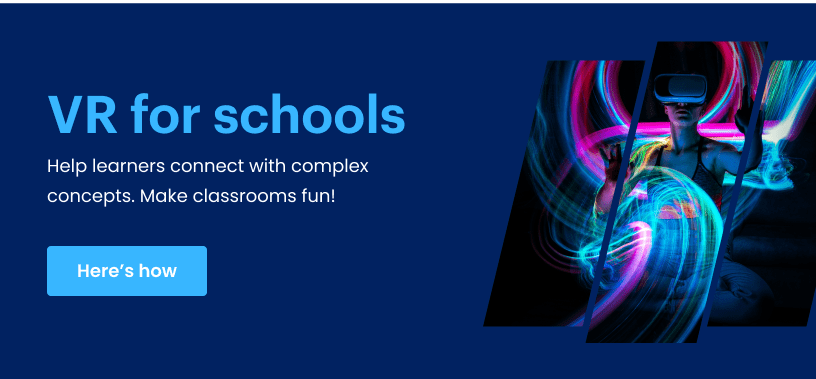
2. Visit historic sites without leaving your classroom
Say goodbye to permission slips, coordinating costly bus trips, and the headache of corralling students to keep them accounted for. VR lets you reimagine what field trips can be.
With VR, your class can experience educational virtual tours of historic sites from all over the world from the comfort of your classroom. Transport students to world heritage sites like the Taj Mahal, Eiffel Tower, Statue of Liberty, or Stonehenge, all while keeping their feet planted right in front of you!
Virtual tours bring history, art, and architecture to life in an immersive experience. They have the power to ignite curiosity in students, and that’s the best thing that we can ask for as teachers. Plus, on a practical note, there is a real benefit to taking virtual tours. It’s a huge cost-saver. Your class can revisit a tour over and over to solidify key learnings, which would not be feasible if you were to take them to the real Taj Mahal, for instance. In real life, we get one shot to learn from such an interesting experience, but VR gives students more opportunities to create meaningful connections with the material.
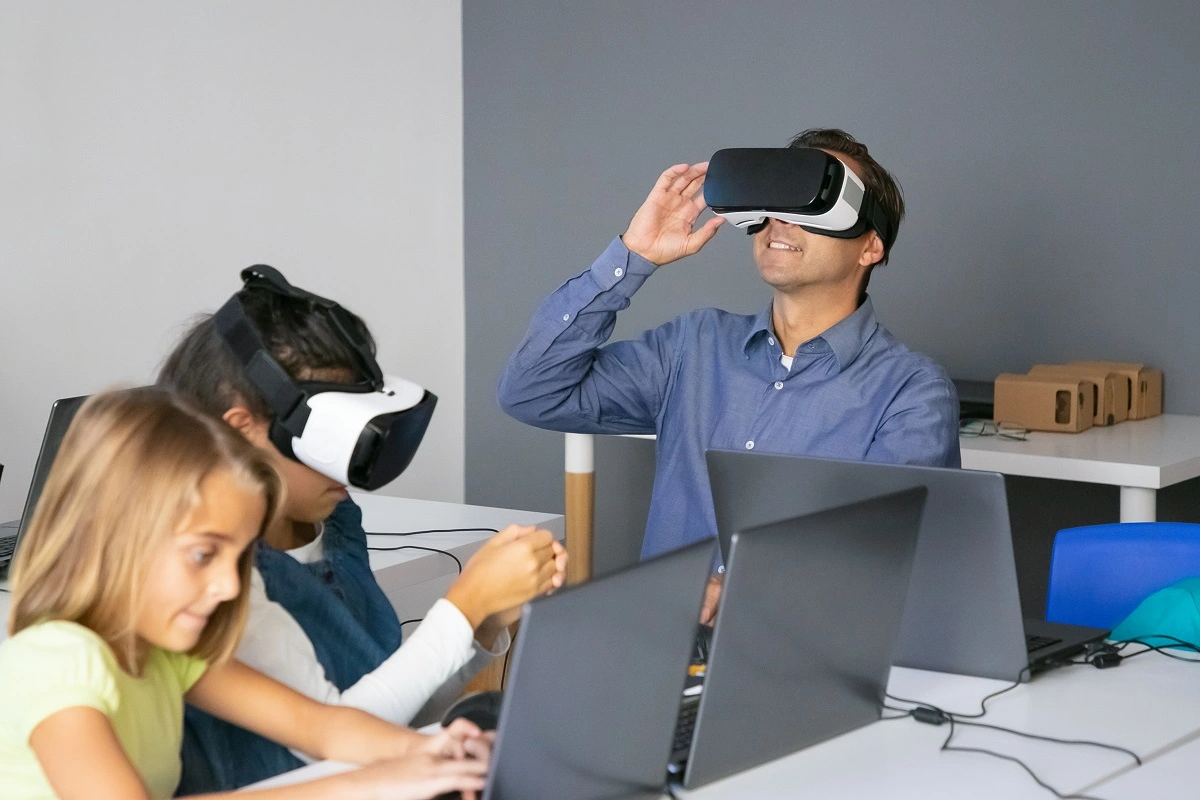
3. Practice speaking a second language
Teaching a second language like English to non-native speakers has its inherent challenges. One of the biggest obstacles is being able to provide students with the time to practice speaking in an immersive environment. The logistics can be a real barrier! It’s easy to practice reading, writing, and listening in a classroom full of other novice English speakers, but speaking is a totally different ballgame. At least, it was until VR for language learning was introduced.
We can use voice recognition to work on speech production in VR. It ensures that students are active participants in their learning. With a headset, learners get a personalized environment to practice speaking a second language. Simulations of situations that students are likely to come into contact with give them extremely useful learning experiences. The VR environment provides students with instant feedback on their pronunciation, which, when all students are using VR at the same time, is a feat that just wouldn’t be possible without technology.
This is a huge benefit of virtual learning. It really ups the ante for learners in the classroom, as they get a better grasp on the new language with this sort of immersive practice. The rewarding nature of simulations motivates students to continue learning and improving their English language skills. Using VR for English pronunciation can really make class more fun while improving results.
4. Gives you a detailed report of how students are doing
Students aren’t the only ones who can benefit from using VR. As a teacher using our VR platform, you’ll have access to a wealth of data on student performance. In order to get a clear picture of how your students are doing with the content, it makes the most sense to assess students in a virtual environment. A teacher dashboard shows you data on the performance of your class with global class reports and individual students with personalized student profiles.
The class report gives teachers an activity report, a leaderboard ranking, and a list of the modules students are struggling with. In each student's profile, the system tracks their attempts, accuracy, and proficiency. This feedback is extremely valuable in connecting you to where students are in their learning journey.
When choosing a VR system, you want to look for features like a built-in teacher dashboard and analytics that are going to make your life easier. You have marks in front of you to gauge how your students are doing and can make evidence-based decisions. Think of the time saved! This feature really ups your classroom game.
5. Introduce your students to web development by building their own VR projects with UmakeVR
An activity that is sure to wow your students and keep them engaged is having them create their own VR experiences. Functional completely offline, this tool is designed for use everywhere and anywhere. With our VRCreate tool, students can film, import, edit, add interactivity, and explore the interactive environments completely on their own.
A whole project can be compiled and viewed with an EduPro headset. Students can film their own content, bring in other 360° images or backgrounds, and get creative by adding interactivity like links to other scenes, popups, audio snippets, quizzes, and more. The confidence that this free-range creativity brings to students is astounding!
Just the beginning
There are so many more ways that using VR is going to improve your classroom. Poke around our website and check out how our library of VR content is used every day to improve the lives of students all around the world. Then get in touch with us so your classroom can be next.
We can’t wait to be in touch!
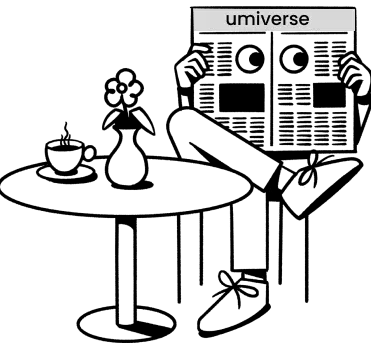
Get stories selected just for you, right in your inbox.

Get stories selected just for you, right in your inbox.
This might interest you

